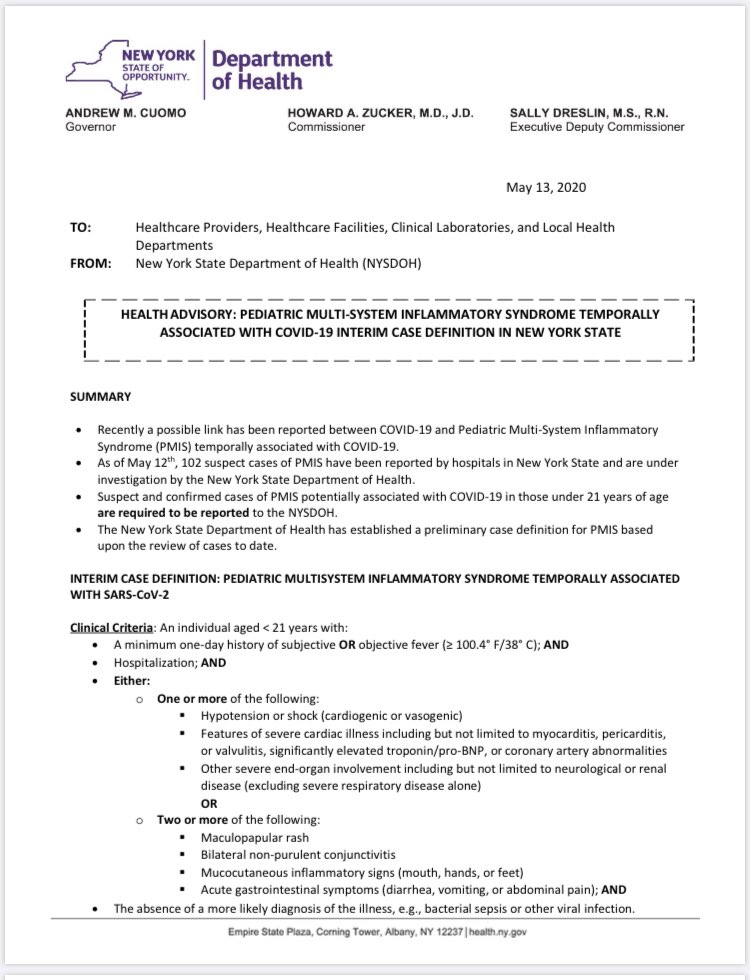
UPDATE: The President is set to resume in-person events today. Here's how I think about the potential danger he poses to others:
I want to know if he still has "replication-competent virus" in his system. (I don't actually care if he tests positive today on some rapid test). We're confident that for mild & moderate COVID19, patients no longer have replication-competent virus 10 days after onset of symptoms
But if he had severe #COVID19 (hypoxia, >50% lung involvement on imaging), he could be contagious for longer than 10 days. Based on what we know, he appears to have had moderate COVID19. (I seem to be in the minority in this assessment).
The President's physician has been cagey on the information we need most: the degree of hypoxia and results of lung imaging. Without a clear explanation of these things, his risk to others remains an open question.
• • •
Missing some Tweet in this thread? You can try to
force a refresh



